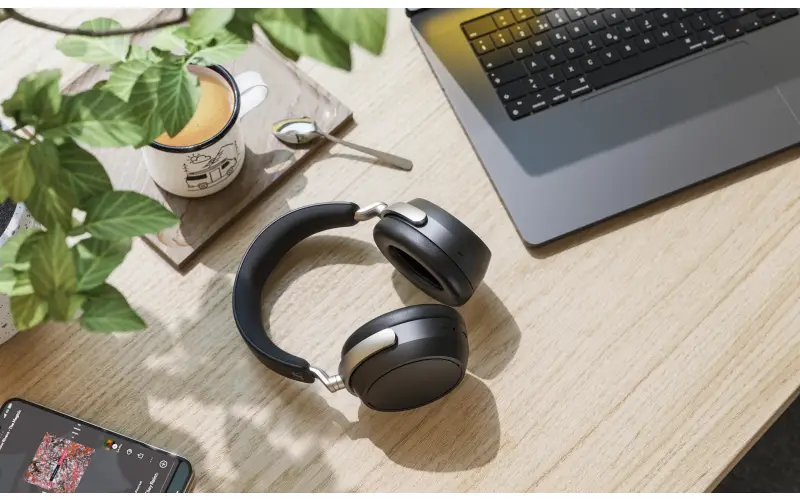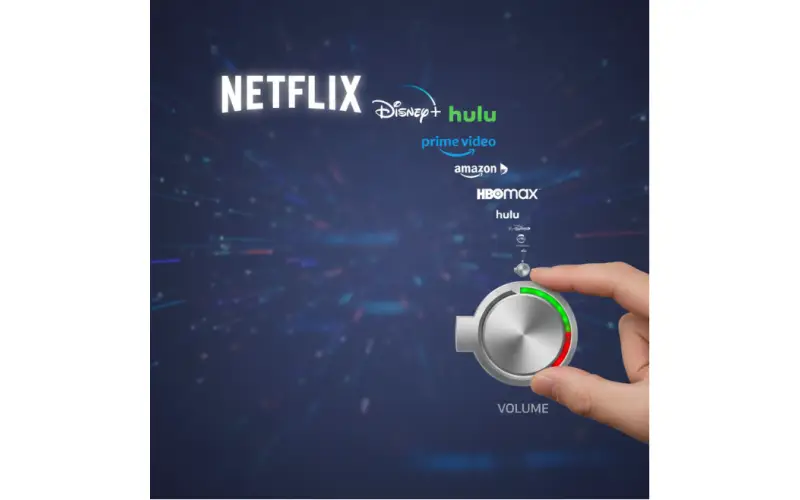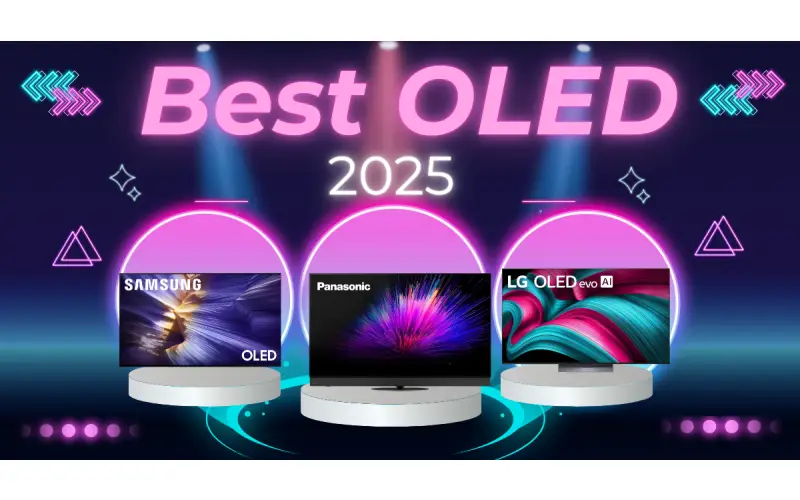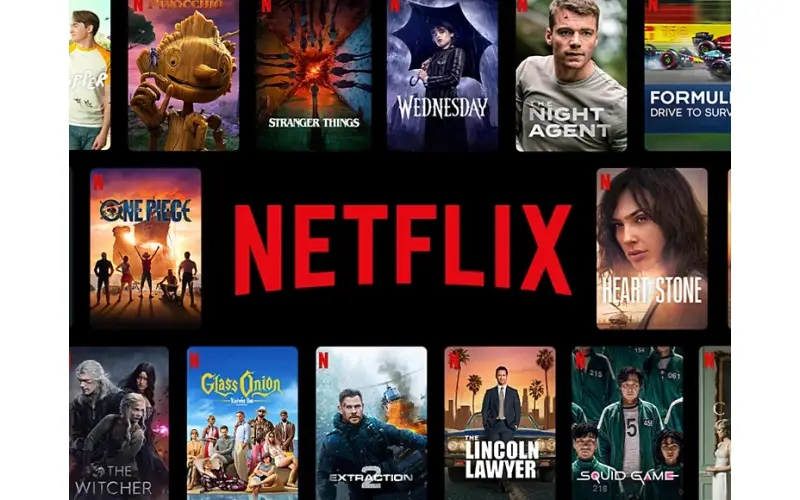By: Dipin Sehdev
Google is officially shifting Android TV to a biannual update cycle, and while it might sound like a step backward, it could be just what the platform needs.
For years, Android TV followed a fairly predictable rhythm: a new version every year, shortly after the mobile Android release. That cadence kept Google’s TV platform aligned with its smartphones and tablets—on paper, anyway. But in practice? It wasn’t always smooth sailing. Delays, inconsistent rollouts, and sluggish performance often plagued Android TV updates. Now, Google is switching gears.
At Google I/O 2025, the company confirmed what many had already suspected: Android TV 15 is officially canceled. The next major update will be Android TV 16. That’s right—Google is skipping version 15 entirely, just as it did with Android TV 13. This move cements the transition to a new two-year release cycle, aimed at delivering more meaningful, stable updates rather than chasing annual version numbers.
And honestly? That might not be such a bad thing.
The End of Annual Updates: A Timeline of Android TV Changes
To understand this shift, let’s rewind a bit.
Historically, Android TV updates mirrored the pace of Android for phones. That meant annual releases with incremental improvements—sometimes useful, often not. But things started to change with Android TV 13. Google never released it to the public; it remained a developer preview before getting absorbed into Android TV 14.
With Android TV 15, the change is even more pronounced. There hasn’t been a developer preview, a beta, or even an acknowledgment from Google—until now. During the lead-up to Google I/O 2025, the official schedule revealed a session titled “Engage users on Google TV with excellent TV apps,” including preparations for Android 16 for TV.
Translation: Android TV 15 is never happening.
Instead, Google is preparing for Android TV 16, set to launch within the next year. That leaves a clear pattern: odd-numbered versions are out, and we’re now officially on a two-year upgrade cycle.
What TVs Are Affected?
This shift impacts all devices running Android TV or Google TV, including:
-
Chromecast with Google TV (HD and 4K models)
-
Sony Bravia XR TVs (running Google TV)
-
Philips Android TVs (2023–2025 models)
-
TCL and Hisense Google TV models
-
Nvidia Shield TV (both standard and Pro editions)
-
Xiaomi Mi Box and Mi TV Stick
As of today, most of these devices are running Android 12 or Android 14. Very few devices ever made it to Android 13, largely because it never received a full consumer release. Android 14 is slowly rolling out—most recently confirmed on the Chromecast with Google TV and expected soon on Philips' 2025 TV lineup.
TV makers haven’t issued public roadmaps for Android 16 yet, but given Google's push and its focus at I/O, we can expect early adoption to begin with 2025 and 2026 TV models.
Why the 2-Year Update Cycle Makes Sense
On the surface, skipping version numbers might seem sloppy or inconsistent. But take a closer look, and you’ll see a more strategic shift.
Here’s why this move could actually benefit Android TV users:
1. TVs Aren’t Phones—They Live Longer Lives
Let’s face it: people don’t replace their TVs every year—or even every few years. In fact, the average consumer holds onto a TV for seven to ten years, and many go even longer. Compare that to smartphones, which are often upgraded every 2–3 years, and it becomes clear why the traditional Android cadence doesn’t make much sense for TVs.
A slower upgrade cycle better aligns with the lifespan of the product. Instead of rushing out annual updates that introduce new bugs or break compatibility, Google can focus on polishing, optimizing, and testing more thoroughly.
2. Bigger, More Meaningful Updates
Annual updates often feel… underwhelming. New features are usually minor, and changes are incremental at best. Skipping a version allows Google to bundle more impactful improvements into each release.
Android TV 16, for example, is shaping up to be a significant leap forward. Here’s what’s expected:
-
Jetpack Compose for TV: A modern, responsive UI framework that will let developers build cleaner, faster, and more dynamic interfaces.
-
Memory optimization tools: Designed to help apps run smoother on low-spec hardware (a common issue for budget TVs).
-
AI-powered experiences: With Gemini AI baked into the platform, users can expect smarter recommendations, better voice control, and even proactive experiences triggered by presence detection.
That’s the kind of evolution you want from a platform update—not just a security patch and a new settings layout.
3. Fewer Bugs, Less Fragmentation
One of Android TV’s longest-running problems has been inconsistency. Some devices get updates quickly (like Google’s own Chromecast), while others wait months—or never get them at all. The result? A fragmented ecosystem where developers struggle to support multiple versions simultaneously.
A slower, more deliberate cycle gives OEMs breathing room. They can plan ahead, optimize updates for their hardware, and ensure better long-term support. This means fewer show-stopping bugs and less frustration for users.
Android TV vs Apple TV: A Tale of Two Strategies
Of course, it’s hard to discuss Android TV’s evolution without drawing comparisons to Apple TV.
Apple is known for its impeccable software support. When a new version of tvOS drops, every supported Apple TV gets it on day one. That’s impressive, and it’s one of Apple’s biggest advantages.
But the context matters. Apple only sells a handful of Apple TV models and controls both the hardware and the software. In contrast, Google licenses Android TV and Google TV to dozens of partners, from Sony and TCL to Xiaomi and beyond. Supporting that many hardware configurations isn’t easy.
The move to a two-year cycle isn’t about mimicking Apple—it’s about playing to Android TV’s strengths. By focusing on major upgrades and giving partners more time, Google can build a better ecosystem without overextending itself.
Gemini AI: A Glimpse Into the Future of Smart TVs
One of the most exciting developments tied to Android TV 16 is the integration of Gemini AI, Google’s flagship generative AI platform.
Here’s what that means for your next TV:
-
No more “Hey Google”: Far-field mics will allow for seamless, wake-word-free voice commands.
-
Contextual content suggestions: Your TV will learn your habits and offer personalized recommendations—not just based on viewing history, but on real-world cues like time of day or who’s in the room.
-
Smart home control: Easily manage lights, thermostats, and security cams—all with natural language voice control.
Google is essentially turning your TV into a smart home hub with a personality. And while some may be concerned about privacy or data collection, Google says these features will be opt-in and controllable.
If executed well, this could be a game-changer—especially for users invested in the Google ecosystem.
The Downsides: Not Everyone Will Be Happy
To be clear, the biannual cycle isn’t without drawbacks.
Some users will be frustrated that their TV isn’t “up to date.” Skipping Android 15 means waiting longer for new features, even if those features are better-tested.
There’s also the issue of OEM inertia. Some manufacturers are notoriously slow to roll out updates—even major ones. If Google doesn’t enforce minimum standards, it’s possible some devices could lag behind even on the new two-year schedule.
Then there’s the developer angle. App makers will now have to plan around bigger but less frequent changes, which might complicate testing or delay feature adoption in third-party apps.
Still, most users would agree: a stable, smooth TV experience beats chasing version numbers every time.
What Should You Do as a Consumer?
If you’re wondering whether your current Android TV device will get Android 16, the short answer is: it depends.
Here's a rough breakdown:
-
Chromecast with Google TV (4K and HD) — Likely to get Android 16 in late 2025 or early 2026.
-
Philips 2025 TVs — Will ship with Android 14 but may be eligible for Android 16 depending on model.
-
Sony Bravia XR 2024+ models — Should be in line for the update, although Sony hasn’t confirmed anything yet.
-
TCL/Hisense 2024–25 Google TV sets — Still waiting on official word, but newer models are expected to be prioritized.
-
Nvidia Shield TV — While it's still a favorite among power users, its last update cadence was slow. Support for Android 16 isn’t guaranteed, especially for the original 2015 model.
If you’re shopping for a new TV and want future-proofing, make sure it runs Google TV (not the older Android TV interface) and check the manufacturer’s track record on updates. Brands like Sony and Philips tend to offer longer support.
Final Thoughts: Slower, Smarter, Better
Skipping Android TV 15 might sound like Google is falling behind—but the opposite may be true.
This move signals a maturing platform, one that’s shedding the pressure to keep pace with mobile updates and instead focusing on what matters: delivering reliable, AI-enhanced, beautifully designed experiences to users who keep their TVs for years.
With Android TV 16 on the horizon, Gemini AI integration in the works, and Jetpack Compose bringing modern UI to the big screen, the future of Android TV looks a lot brighter—even if it takes a little longer to get there.
In the world of smart TVs, less might just be more.





